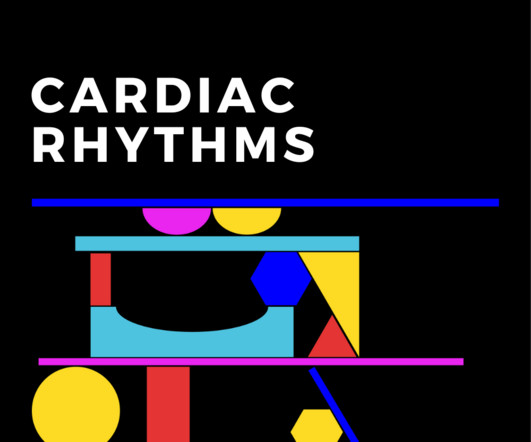ToxCard: Anticholinergic Plant Toxicity
EMDocs
FEBRUARY 15, 2024
8 However, it is not considered first line in treatment of anticholinergic toxicity and is not available in all emergency departments. Physostigmine does not reverse seizures or dysrhythmias. Physostigmine does not reverse seizures or dysrhythmias. World J Emerg Med. 2002; 6(4):28-30. 2017;8(4):297-301.















Let's personalize your content